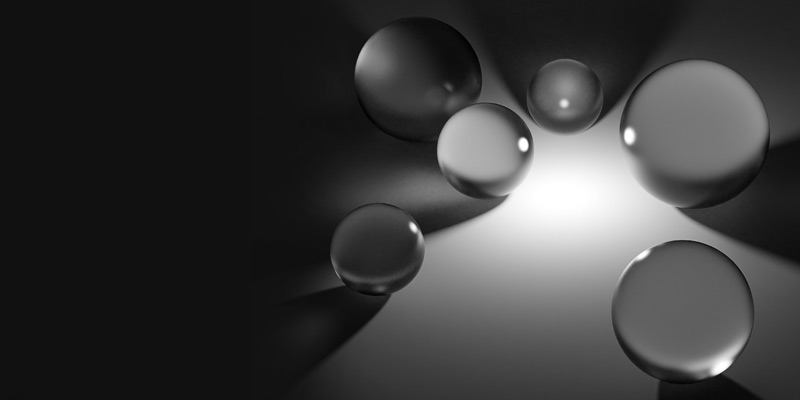Author: Chad Michel

Postman Tests
Postman is a tool we use to test our APIs while building them. Its UI helps make this stage in development quick and easy. But a lot of the work we do in Postman is often single-use. We write the tests, but why can’t we keep them? Actually, we can keep them. Follow along as…
Read more…

Estimating Your Cloud Costs
Estimating cloud costs isn’t always easy, especially if your goal is to be super exact. The desire to be super precise will probably cause you to spend more time estimating the costs of resources than the resources might cost themselves. Always remember that development time is expensive. Trying to estimate down to the dollar isn’t…
Read more…

SQL Server Single-User Mode
Sometimes you can’t get into SQL Server. Maybe you forgot a password, or something got misconfigured. You are locked out. What to do when this happens? My go-to is putting SQL Server in Single-User Mode. Doing this is pretty straightforward. First, open a command shell in administrator mode. Then stop the SQL Server Service. net…
Read more…

CouchDB Views
CouchDB is a pretty amazing technology, but it is a little unique. With many data stores, you just query data. You can do that with CouchDB’s Mango queries, but CouchDB’s primary way to query data is by using views. Views are pre-created, much like creating any document within CouchDB. After creating your view, you can…
Read more…

Caddy
A lot of the software we build involves hosting some part of it on a web server. Today, most of what we host is hosted in the cloud PaaS (Platform as a Service). This means we don’t have to look into some more classic hosting options such as Apache or IIS; the platform solves this…
Read more…

Designing for On-Prem
We all build everything for the cloud, right? Sometimes we get very focused on a small world, often believing that all software is some cloud-focused startup. But that isn’t accurate. Much of software development isn’t geared toward the cloud; it is geared to on-premises hosting (on-prem for short). Probably one of the big differences between…
Read more…

Primitiveness
“Sufficiency, completeness, and primitiveness – Achieving sufficiency and completeness means ensuring that a software component captures all the important characteristics of an abstraction and nothing more. Primitive- ness means the design should be based on patterns that are easy to implement.” – SWEBOK V3.0, Guide to the Software Engineering Body of Knowledge Primitiveness is a…
Read more…

APIs and the Cloud
Application programming interfaces (APIs) communicate into software. If user interfaces are ways for humans to interact with software, then APIs are ways for software to communicate with other software. As we write applications, our software makes extensive use of APIs. Sometimes those APIs are purely at a platform level, maybe file read and write. Sometimes…
Read more…

Canvas API
Canvas is one of the biggest names in the learning management software (LMS) space. It is used by major Universities across the country, and we use it for Nebraska Dev Lab and our Advanced Continuing Education. LMSs provide an online structure for courses and content. This online nature makes it easier to support remote learners….
Read more…

A History of Microsoft .NET, Part 11: .NET Core 5.0
.NET 5 was the unified .NET. It merged .NET Core and .NET Framework, or it kind of did. From a technology standpoint, .NET 5 supports more of what was missing in .NET Core without question. But .NET 5 was still missing things like a fully functioning WCF. It is hard to make software truly backward…
Read more…